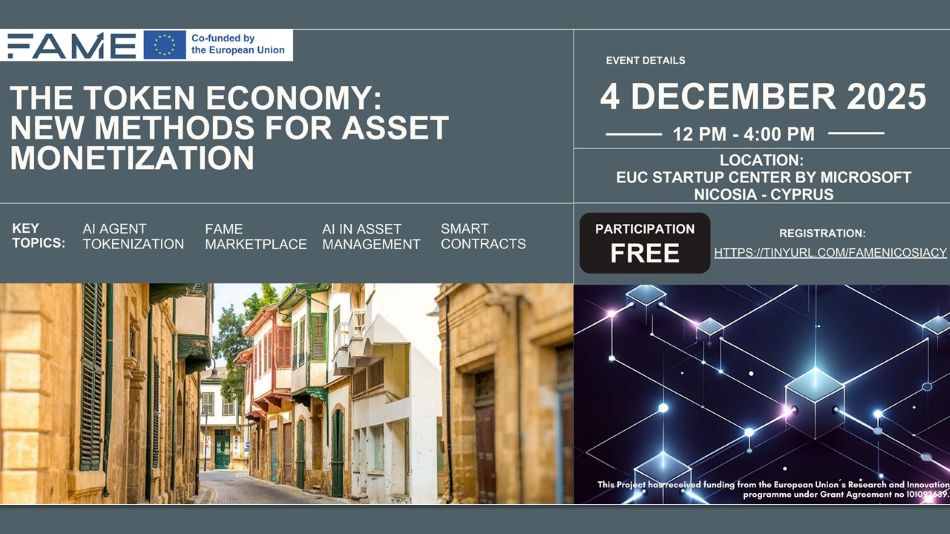The monetization of data assets—including datasets, predictive models, web applications, and APIs—has matured into structured business models that balance technical, legal, and economic constraints. Widely adopted business models include Data-as-a-Service (DaaS), API-based access, decentralized marketplaces, and hybrid embedded solutions.
The DaaS model offers curated data or models via subscription or usage-based pricing, often hosted on platforms such as AWS Data Exchange or Snowflake Marketplace. FAME also implements critical components of DaaS in its federated environment: it supports datasets, AI/ML models, and analytic tools as data assets that can be discovered, shared, and monetized across multiple stakeholders. Its Federated Data Assets Catalogue (FDAC) enables providers to register their assets in a FAIR (Findable, Accessible, Interoperable, Reusable) manner across federated marketplaces.
API-driven commercialization depends on secure, metered access to data or model capabilities. FAME’s architecture includes federated access management (authorization & authentication, federated policy abstraction) and aims to support API-style access to services/analytics embedded in the marketplace. This aligns with its objective to abstract data provider interfaces and provide regulatory compliance across federated services.

Data marketplaces and exchanges represent another model: centralized or federated platforms where multiple providers and consumers interact, with features such as discoverability, licensing, trading, and pricing. FAME is explicitly built as a federated multi-stakeholder marketplace for Embedded Finance (EmFi)—meaning it interconnects more than a dozen existing data marketplaces, aggregates assets into a unified catalog, and enables decentralized programmable trading via blockchain tokenization. Its monetization mechanisms include value-based pricing and the possibility of token or NFT-based value accrual of assets.
In terms of hybrid models, where data/products are embedded into applications or dashboards, FAME uses “pilots” to test concrete use cases: financial recommendation engines, ESG scorecards, citizen wallets, climate predictions in insurance, etc. These pilots illustrate embedding analytical models and datasets into user-facing tools, thus aligning pricing and value with real application usage.
FAME addresses several of the critical success factors in data monetization: interoperability (through federated catalogues and policy management), regulatory compliance (aligned with EU data strategy, sovereignty, privacy), transparent & dynamic pricing, and energy-efficient analytics (including edge analytics, incremental analytics, XAI methods) to reduce computational and environmental overhead. These features correspond with the broader trends in data monetization models, which are moving beyond static, flat-fee pricing toward programmable, usage-based, or even NFT-like value accrual schemes.
In conclusion, the FAME marketplace serves as a high-fidelity example of how modern data monetization business models can be realized in practice. It merges DaaS, API accessibility, marketplace exchange, and embedded data services under a federated, regulated, and energy-efficient infrastructure. For organizations aiming to monetize data assets, FAME suggests that aligning with federated standards, embracing dynamic pricing, and embedding compliance and discovery tools are essential for scaling and sustaining data commerce.
Author: Fernando Perales, Ph.D. (Director of JOT Internet Research Lab)
—
Subscribe to our newsletter for the latest updates, and follow FAME on LinkedIn and X to be part of the journey.
More info:
JOT
